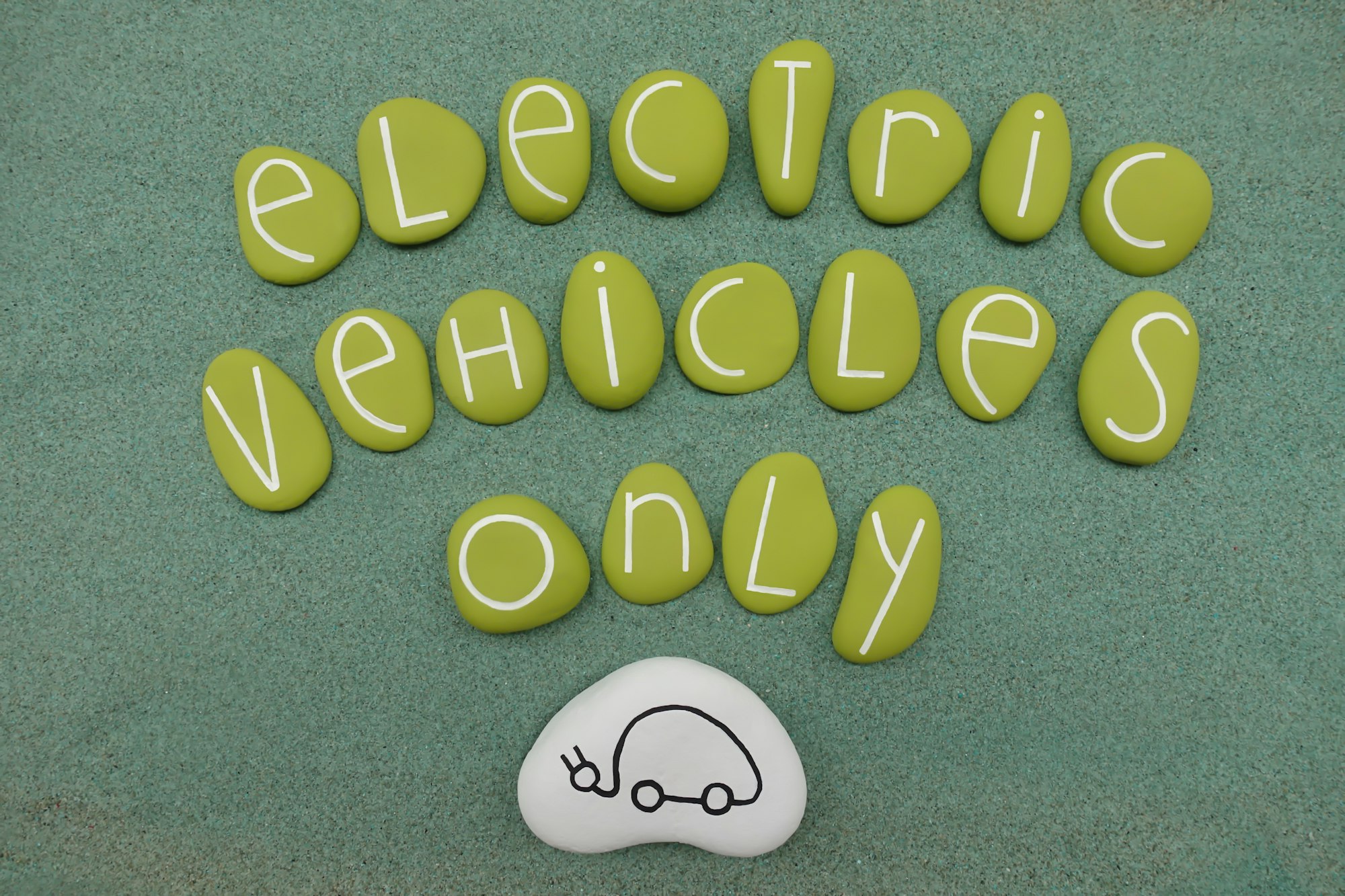The transportation industry is on the brink of a transformative revolution with the emergence of electric vehicles (EVs) and autonomous driving technology. These innovations promise to revolutionize how people and goods are transported, offering a cleaner, safer, and more efficient alternative to traditional combustion engine vehicles. In this guide, we’ll explore the next generation of transportation, focusing on electric vehicles and autonomous driving, and the profound impact they are set to have on the future of mobility.
1. Electric Vehicles (EVs): A Cleaner, Greener Alternative
Electric vehicles represent a major shift away from traditional gasoline and diesel-powered cars, offering a cleaner and more sustainable mode of transportation. By replacing internal combustion engines with electric motors powered by batteries, EVs produce zero tailpipe emissions, reducing air pollution and greenhouse gas emissions. With advancements in battery technology and charging infrastructure, EVs are becoming increasingly viable for everyday use, offering drivers lower operating costs, reduced maintenance, and a smoother, quieter ride.
2. Benefits of Electric Vehicles
Electric vehicles offer numerous benefits over traditional combustion engine vehicles, including lower fuel costs, reduced maintenance expenses, and improved energy efficiency. EVs also contribute to a cleaner environment by reducing emissions of harmful pollutants such as carbon dioxide (CO2), nitrogen oxides (NOx), and particulate matter. Additionally, EVs help reduce dependence on fossil fuels and promote energy independence by utilizing electricity from renewable sources such as solar and wind power.
3. Autonomous Driving Technology: The Future of Mobility
Autonomous driving technology promises to revolutionize the way people and goods are transported, offering enhanced safety, convenience, and efficiency on the roads. Autonomous vehicles (AVs) use a combination of sensors, cameras, and artificial intelligence (AI) algorithms to perceive and interpret their surroundings, enabling them to navigate and operate without human intervention. While fully autonomous vehicles are still in development, semi-autonomous features such as adaptive cruise control, lane-keeping assist, and automated parking are already available in many vehicles on the market.
4. Benefits of Autonomous Driving
Autonomous driving technology has the potential to significantly improve road safety by reducing human error, which is a leading cause of traffic accidents. AVs are equipped with advanced safety features and collision avoidance systems that can react faster and more accurately than human drivers, helping to prevent accidents and save lives. Autonomous vehicles also offer increased mobility and accessibility for people with disabilities, elderly individuals, and those unable to drive due to age or medical conditions.
5. Challenges and Considerations
While electric vehicles and autonomous driving technology offer tremendous potential benefits, there are also challenges and considerations that must be addressed. These include concerns about the availability and reliability of charging infrastructure for EVs, the cost and scalability of autonomous driving technology, regulatory and legal issues surrounding safety and liability, and societal implications such as job displacement in the transportation industry. Additionally, there are ethical questions to consider regarding the decision-making algorithms used in autonomous vehicles and the potential impact on privacy and data security.
Conclusion
The next generation of transportation, powered by electric vehicles and autonomous driving technology, promises to revolutionize how people and goods are transported, offering a cleaner, safer, and more efficient alternative to traditional modes of transportation. By embracing electric vehicles and autonomous driving technology, we can reduce greenhouse gas emissions, improve road safety, and enhance mobility and accessibility for all. As we continue to innovate and advance these technologies, we must also address the challenges and considerations to ensure a smooth transition to a more sustainable and autonomous future of mobility.










